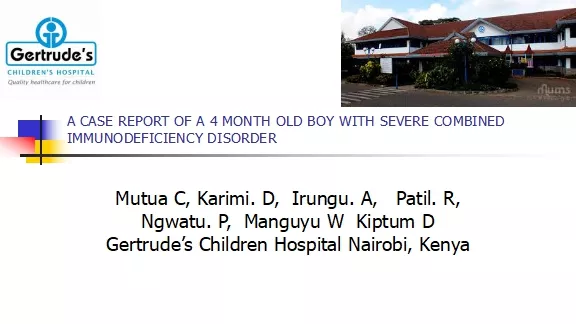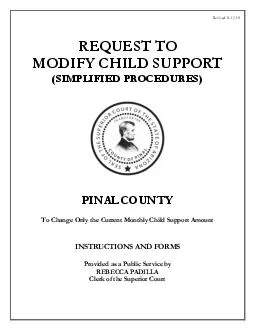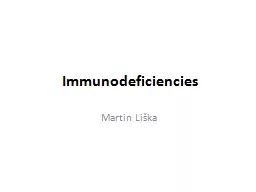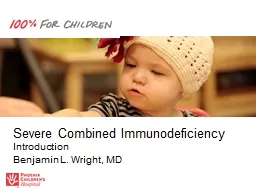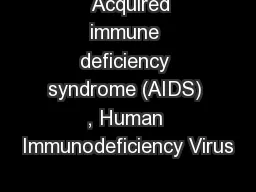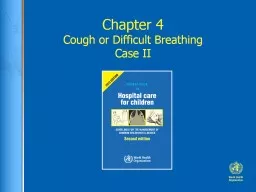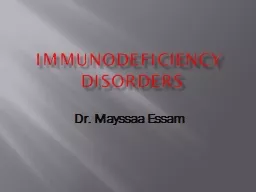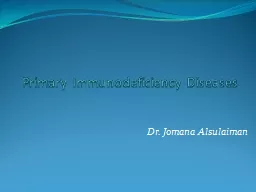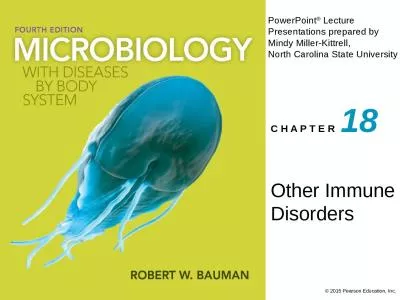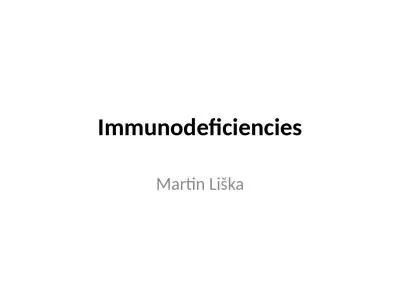PPT-A CASE REPORT OF A 4 MONTH OLD BOY WITH SEVERE COMBINED IMMUNODEFICIENCY DISORDER
Author : tremblay | Published Date : 2022-02-10
Mutua C Karimi D Irungu A Patil R Ngwatu P Manguyu W Kiptum D Gertrudes Children Hospital Nairobi Kenya Outline Background Methods Case presentation
Presentation Embed Code
Download Presentation
Download Presentation The PPT/PDF document "A CASE REPORT OF A 4 MONTH OLD BOY WITH ..." is the property of its rightful owner. Permission is granted to download and print the materials on this website for personal, non-commercial use only, and to display it on your personal computer provided you do not modify the materials and that you retain all copyright notices contained in the materials. By downloading content from our website, you accept the terms of this agreement.
A CASE REPORT OF A 4 MONTH OLD BOY WITH SEVERE COMBINED IMMUNODEFICIENCY DISORDER: Transcript
Download Rules Of Document
"A CASE REPORT OF A 4 MONTH OLD BOY WITH SEVERE COMBINED IMMUNODEFICIENCY DISORDER"The content belongs to its owner. You may download and print it for personal use, without modification, and keep all copyright notices. By downloading, you agree to these terms.
Related Documents

